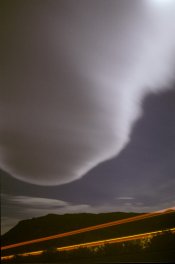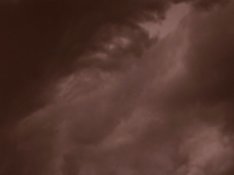There is of course a difference between 'relying on luck', and 'doing more to ensure you got the shot you want'. No matter how skilled you are, there is always a chance that the image isn't what you actually want at the moment you press the shutter, so at times it is kind of a foolish thing to simply assume that you did get what you thought you had. Taking extra shots in that case isn't 'relying on luck', but 'insurance against error'.
As for monopods, I don't find they are terribly cumbersome. I personally own a Oben CTM-2500 5-Section Carbon Fiber Monopod, which I find is easy enough to carry around. A tilt head with quick release makes it very easy to use, and lets me have the monopod take up the weight while I then balance the camera. (However, 90% of the usage of it is as a tool for taking up the resting weight of an SLR+long telephoto lens when out birding. In that case I often don't even have the monopod actually touching the ground when I'm taking photos, but rather lift the whole thing up to track the target. It then acts as a dampened mass hanging below the camera, which has its own pros and cons. Most of the usage in that case is effectively something to bring the ground up to shoulder height so that I can 'set the camera down' between shots.)
As for monopods, I don't find they are terribly cumbersome. I personally own a Oben CTM-2500 5-Section Carbon Fiber Monopod, which I find is easy enough to carry around. A tilt head with quick release makes it very easy to use, and lets me have the monopod take up the weight while I then balance the camera. (However, 90% of the usage of it is as a tool for taking up the resting weight of an SLR+long telephoto lens when out birding. In that case I often don't even have the monopod actually touching the ground when I'm taking photos, but rather lift the whole thing up to track the target. It then acts as a dampened mass hanging below the camera, which has its own pros and cons. Most of the usage in that case is effectively something to bring the ground up to shoulder height so that I can 'set the camera down' between shots.)
















